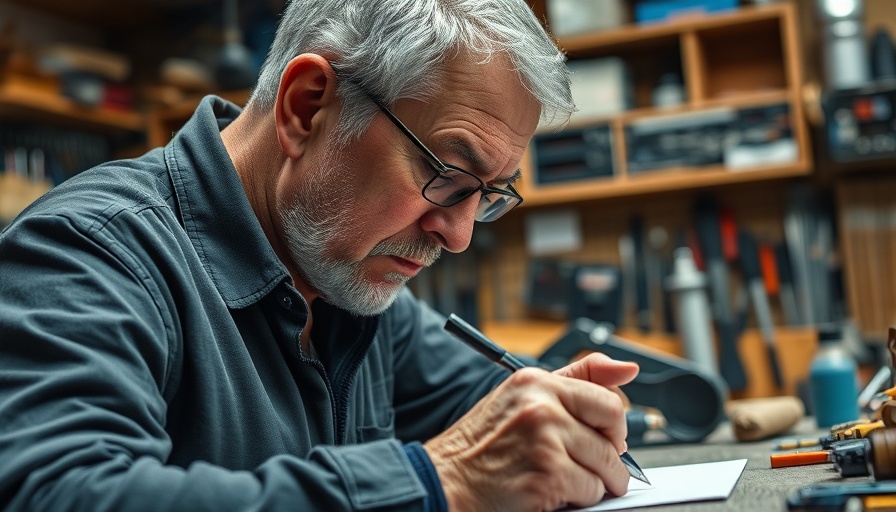
The Heart of a Community: Clayborn Temple's History
Clayborn Temple stands not just as a building, but as a beacon of hope and resilience in the heart of Memphis. Originally built in the 1890s, it served as a church and civil rights hub, particularly during the 1968 sanitation workers' strike, which was pivotal in the fight for equality and workers' rights. Today, after the devastating fire, this historic site has drawn renewed attention as citizens rally for its restoration. History teaches us the significance of such monuments in community identity, and Clayborn's legacy is one of courage and change that must not be forgotten.
Importance of Community Engagement in Preservation
After the fire, the emotional aftermath was palpable across Memphis, as community members reflected on what Clayborn Temple symbolized for them. Executive director Anasa Troutman noted, “God wants Clayborn Temple to live,” underlining the collective sentiment that preserving such landmarks helps keep community narratives alive. Active community input is crucial at this stage; public forums and discussions can offer valuable insights on how Clayborn can evolve while respecting its history, ensuring it remains relevant for future generations.
Restoration Challenges: From Arson to Affirmation
The tragic fire that engulfed Clayborn Temple, now confirmed as arson, challenged the community's spirit. However, it also galvanized support and funding for its restoration. Even before the flames were extinguished, civic leaders offered their commitment, including the African American Cultural Heritage Action Fund, which bestowed a $1.5 million grant. This shows that even amid adversity, there is potential for renewal as communities come together around shared ideals and goals.
Architectural Elements: Why They Matter
The intricate stained glass panels crafted by artist Lonnie Robinson serve as more than just artistic features; they encapsulate the narratives of struggle, resilience, and triumph in Memphis's civil rights history. Such unique elements are part of what makes Clayborn Temple a special place. Restoration efforts should focus not only on physical rebuilding but also on how these artistic elements can be enhanced or preserved, fostering a deeper understanding of the temple’s significance.
A Vision for the Future: Ideas for Reimagining Clayborn
As discussions around restoration gain momentum, it’s worth considering what the future holds for Clayborn Temple. Could it transform into a community center that provides educational resources about civil rights history? Perhaps it could also serve as an event space for gatherings that celebrate diversity. Engaging local artists to revitalize its interior with fresh artworks can instill a renewed sense of belonging while honoring its past. By envisioning an inclusive and active space, we honor the spirit of what Clayborn represents.
Call to Action: Join the Movement
Now more than ever, the community needs your support to restore Clayborn Temple to its former glory and beyond. Whether you wish to contribute financially, share the story of Clayborn, or participate in community discussions about its future, every effort counts. Your involvement can help ensure this landmark continues to inspire hope and resilience for generations to come. Let’s work together to breathe new life into “America’s Notre Dame.”
 Add Row
Add Row  Add
Add 



 Add Row
Add Row  Add
Add 
Write A Comment